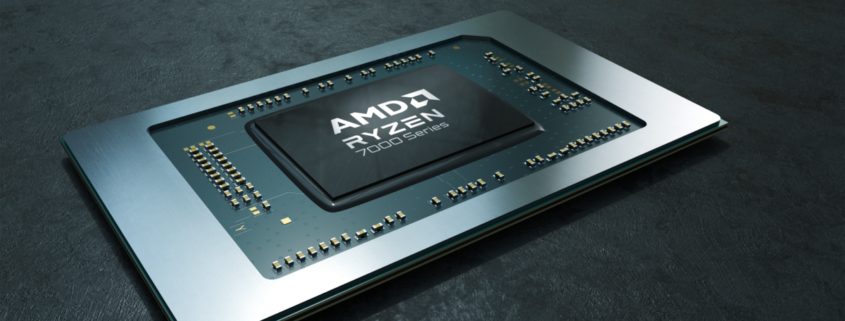AMD’s new laptop APU nearly twice as fast as Steam Deck in leaked graphics benchmark
The first benchmarks purporting to reveal the graphics performance of AMD’s latest laptop APU have surfaced. Codenamed Phoenix and branded Ryzen 7040 series (opens in new tab), the chip’s 780M graphics core uses RDNA graphics tech and returns performance roughly 25% faster than the old 680M graphics in the Ryzen 6000 APU and nearly twice as quick as the Steam Deck’s AMD graphics.
Specifically, the numbers are from ye olde 3DMark Time Spy. According to a poster on the Chinese forum Bilibili (via Tom’s Hardware (opens in new tab)), the 780M GPU knocks out around 3,000 points. That compares with roughly 2,400 points for the old 680M and aout 1,700 points for the Steam Deck (opens in new tab).
To put those numbers into further context, a desktop Nvidia GTX 1060 hits about 4,200 points, while a laptop RTX 2050 clocks in at 3,200 points. And RTX 3060, meanwhile, is good for nearly 9,000 points and an RTX 4080 (opens in new tab) knocks out 14,835 points.
In many ways, it’s the Steam deck’s APU that makes for the most interesting comparison. That’s also made by AMD and it’s much less powerful than the new Phoenix chip and its Radeon 780M.
The new APU has 768 RDNA 3-spec shader cores and 32 render outputs, clocks up to 2.9GHz boost and has a maximum processing performance of 8.9TFLOPS. The Steam Deck’s GPU, meanwhile, has 512 RDNA 2-spec shader cores and 16 render outputs, and it is rated at 3.3TFLOPS.
The slight catch is that the 780M’s 8.9TFLOPS depends on RDNA 3’s tricksy doubled-pumped shader architecture. In practice, it doesn’t always deliver double the performance. So you could argue that the 780M is better viewed as having closer to 4.5TFLOPS of raw shader performance, which is indeed more in line with the leaked Time Spy results.
Of course, the Steam Deck has a fairly low resolution 1,280 by 800 pixel display, which is why its relatively modest graphics power is enough for a good gaming experience. That makes for around one million pixels.
Meanwhile, a 1080p display has two million pixels. So, if the new 780M graphics really is twice as fast as a Steam Deck, then you’re looking at an APU that’s as well suited to a 1080p screen as the Steam Deck’s chip is to its own display. Which doesn’t sound too shabby.
All of which suggests AMD’s latest APU might just serve up a half decent gaming experience. You still probably wouldn’t go out and buy a laptop with just a 780M specifically for gaming. But if you end up with one, perhaps as a work machine, you wouldn’t complain if it turned out to be half decent at gaming.




